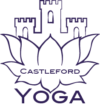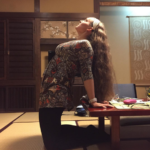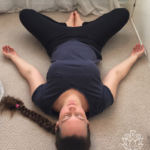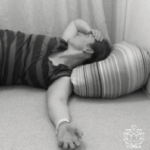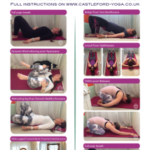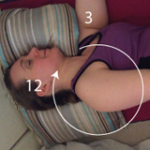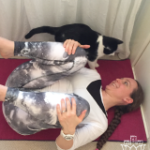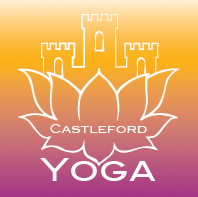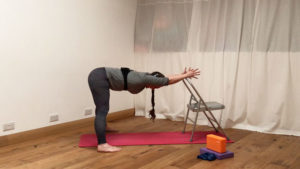
If you have ever gotten stuck with the seated Wide legged forward fold and you are starting to think the only one you can cope with is the one done standing have a look at the video tutorial in the online studio library.
I go through several doable options and some progressive options, maybe there is another one that can help you get comfortable until you are ready to try the seated one again. earn in the standing and legs up the wall version to elongate your low back and get the pelvis/ sacrum to flow evenly into the spine rather than rounding in the small of the back. It’s not often tissue tightness rather than neurological coordination – learning how to move the body parts and feeling the different positions. The sensations are quite distinct.
If you are totally comfy standing and sitting you should still have a look through this, to try something new, new sensations, new experiences – it only gets interesting at the end of your comfort zone. There is a very advanced challenging version right before the end – ready to explore?
You are not meant to necessarily do them all, depending on where you are in your yoga journey and how your body is getting on with you some will be easily doable and other will have to go on the to try later list, and that is ok.
Notice how each different variations provides sensations in different places, particularly the one at the wall is quite different.
TIP:
If you can start with short the healthy back video or another video that gets the whole body moving, your experience will be slightly nicer if your muscles and joints are warm. Then maybe do a guided relaxation at the end.
Here a little entertaining extract from the 25min video. If you want to watch the whole thing, please visit the online studio library to get full access.
Pelvic positons explained:
When you stand, imaging your pelvis as a bowel with your waistband being the to edge. Then tilt the bowel to the floor in front – you’ll feel your low back compress and the muscles burning slightly, the lower belly will be stretching. This is the forward or anterior pelvic tilt.
The tilt the pelvis back by tipping the back edge of your pants toward the ground behind you. You’ll notice that the belly gets shorter, tighter and ruffled up. The low back becomes lengthened, maybe stretched. This only works if you lightly bend your knees the whole time and keep your body still above the belly button. This is called the reverse or posterior pelvic tilt.
Once you have tried the extreme positions, find a half way point where your front and back of the body are long and at ease as well as feeling supported in your posture. This would be called a neutral pelvic alignment.
Knowing how to move your pelvis in relation the the spinal position or the legs is a very helpful skill for all yoga and exercise activities as well as low back health. Eve the upper back is affected by how you carry your pelvis as everything needs to organise itself over the base of supports. If you are interested to lear more, check out the Pilates videos in the library or book a class in the studio.
How to move the pelvis in seated forward fold;
In the forward fold you are tilting the pelvis toward the legs in front, rotating the pelvis around the thighbones at the hip socket, keeping your low back long and your low belly too. If you leave your pelvis tilted to the floor behind you you will find it hard to get comfortable in the fold around the back. If your hamstrings/ the backs fo the legs are very tight, sit on a block or folded blanket, also place a rolled up blanket in the back of each knee to take out the tensions and allow yourself to fold more easily. once you got the fold work on lengthening the legs.
Let me know how you get on with the video tutorial on Simply doable Yoga, drop me a line.
Tell me which other type of pose we need to explore more options for?
If you have any questions about the classes or how you can get started, get in touch.
I look forward to seeing you at the studio soon, maybe for a workshop, check the schedule for upcoming workshops here.
Many thanks
Namaste ( I see the light in you)
Marie
